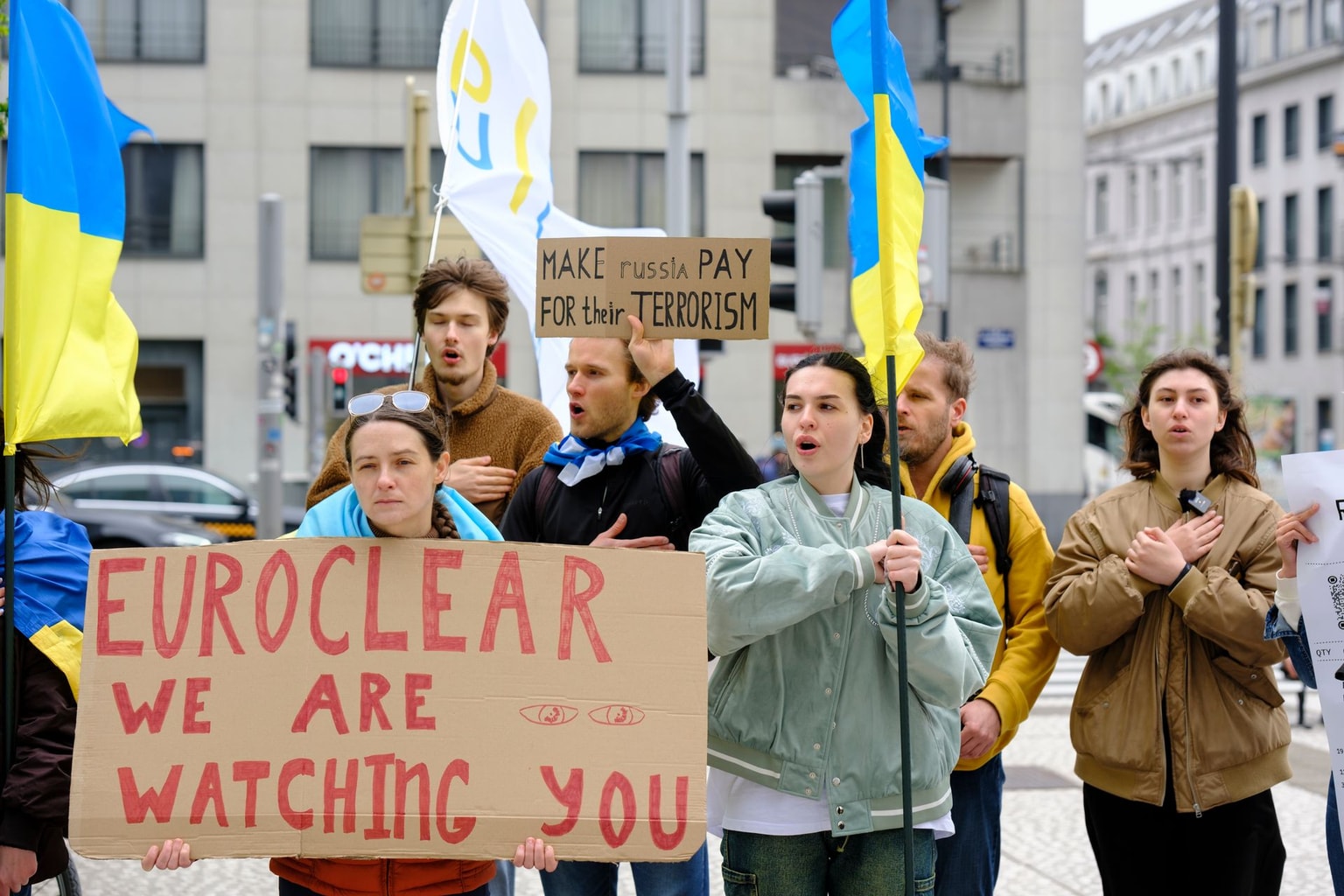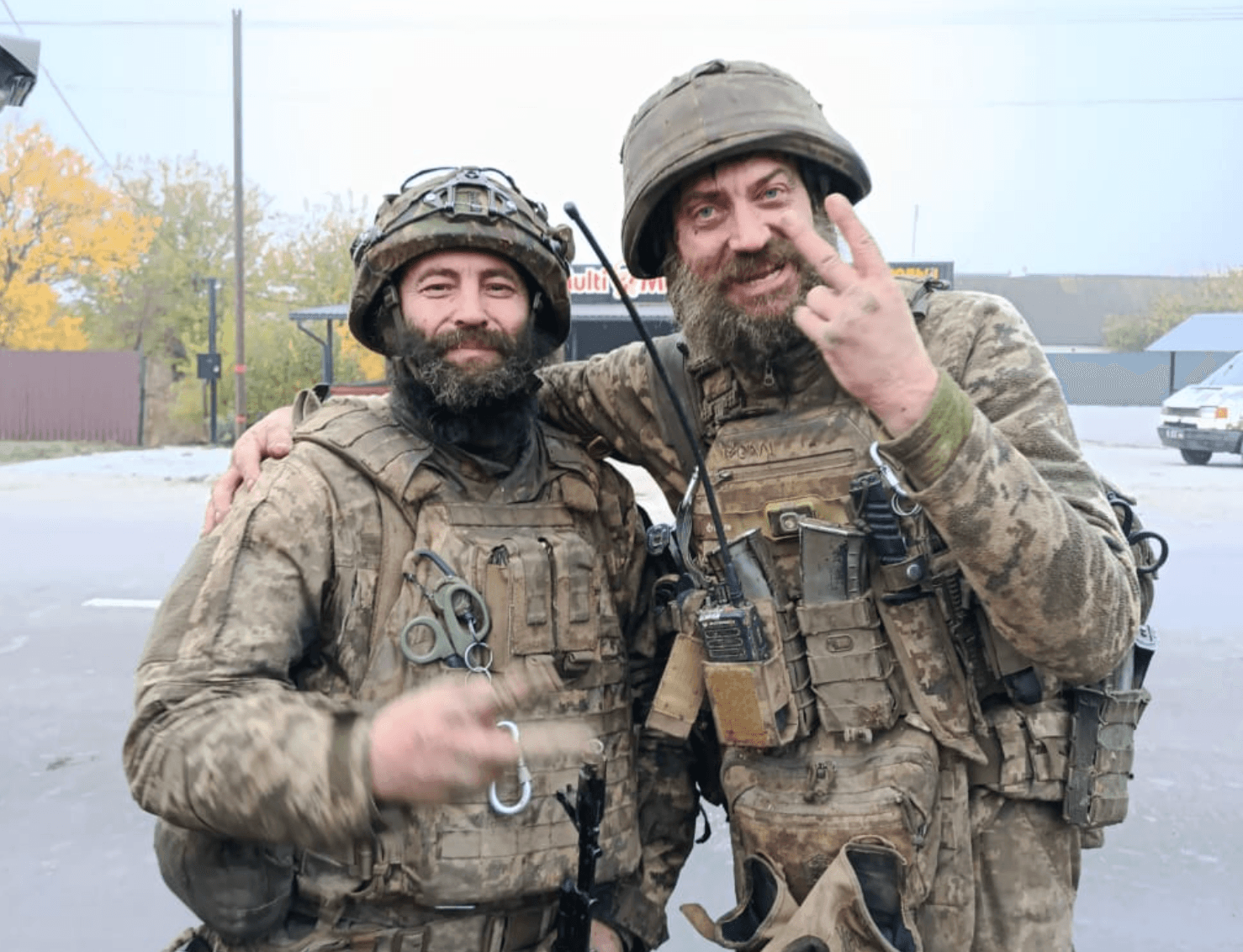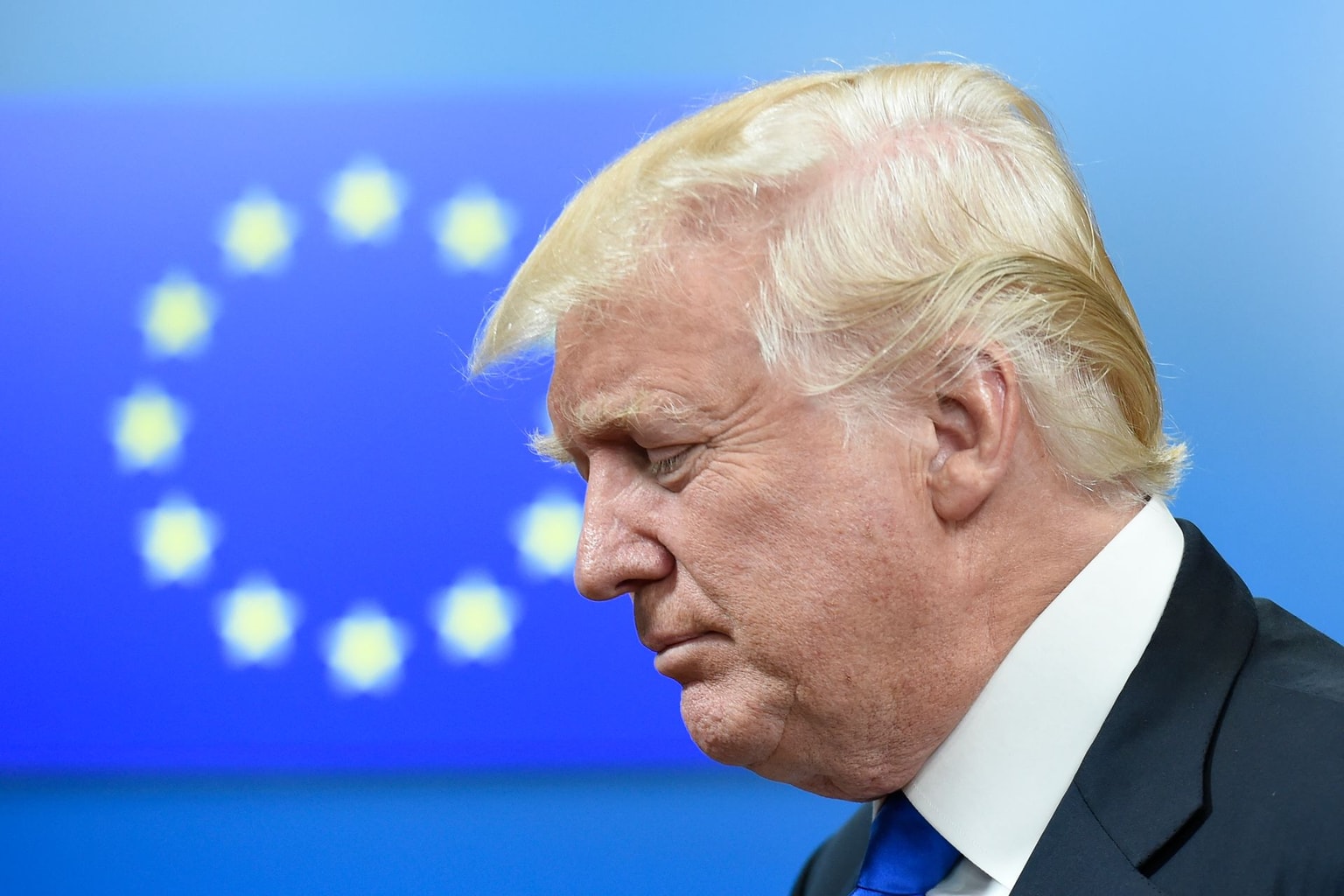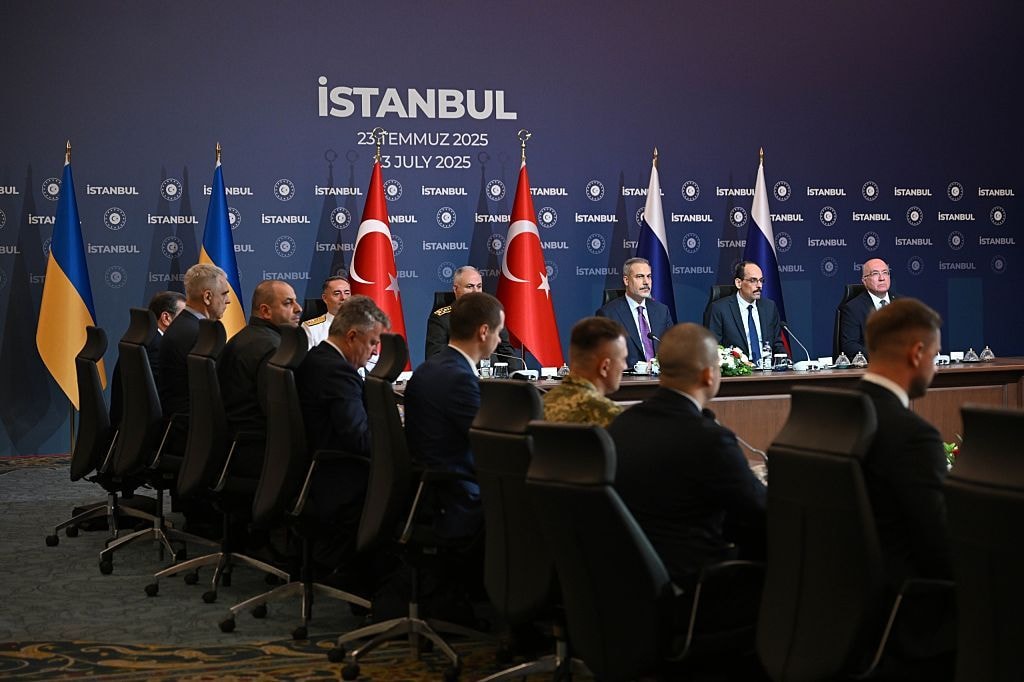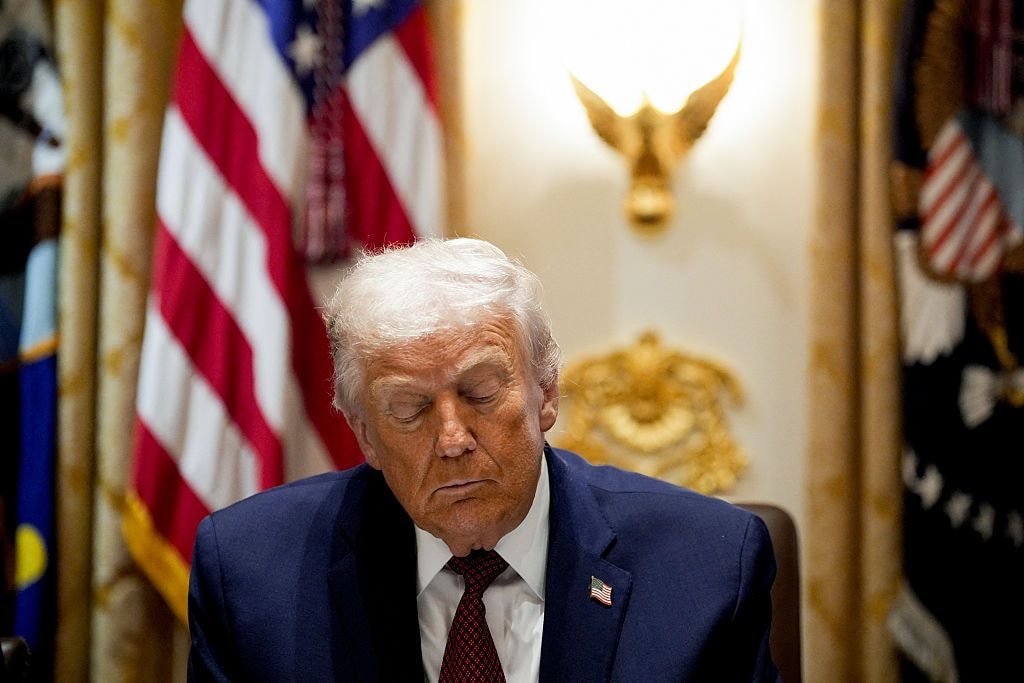Ukraine war latest: Kremlin’s proxies in occupied territories ask to join Russia as Ukraine makes progress in Donetsk Oblast

Key developments on Sept. 28
- Moscow’s proxy leaders formally ask Putin to annex Ukraine’s occupied territories
- U.S. to provide 18 more HIMARS to Ukraine
- EU proposes fresh round of sanctions against Russia
- Russia fires 2 missile strikes, 3 airstrikes across Ukraine
After claiming a nearly 100% support rate in illegal annexation votes, proxy leaders in Moscow-held territories of Ukraine asked to formally join Russia on Sept. 28.
The sham referendums held on Sept. 23-27 sparked global outrage, with the EU denouncing their “falsified outcome.” Russia controlled the count, and residents in Ukraine’s east and south were forced to vote at gunpoint.
Ukraine urged the world to “immediately” put more pressure on Russia and “significantly” increase military support to Ukraine, as Moscow’s proxy leaders made an appeal to Russian dictator Vladimir Putin.
Later in the day, the U.S. announced an additional $1.1 billion worth of arms package to Ukraine, which would include 18 more High Mobility Artillery Rocket System (HIMARS). The advanced rocket systems have been a game changer in the war, allowing Ukraine to hit targets deep behind the front lines.
The EU has also proposed a new round of sanctions against Russia over its pseudo-referendums.
Also on Sept. 28, Kremlin spokesperson Dmitry Peskov said Russia would keep fighting until it captures the rest of Donetsk Oblast, which would complete its key goal of seizing the entire Donbas, a region in the east of Ukraine that comprises Donetsk and Luhansk oblasts.
Earlier intelligence assessments have said that Russia is far from achieving the goal, with only 60% of Donetsk Oblast currently under Russian control. Nearly all of Luhansk Oblast has been occupied by Russia since early July.
Turkish President Recep Tayyip Erdogan, who juggles relationship with both Ukraine and Russia, said in a phone call with President Volodymyr Zelensky that Moscow's "unilateral" referendums will complicate efforts to revive the "diplomatic process."
Zelensky has earlier said that retaking the entirety of Donetsk Oblast is Ukraine’s key goal and peace talks are off limits until a complete Russian withdrawal.
Battlefield development
Ukraine liberated Novoselivka in Donetsk Oblast, a village with a prewar population of 1,200 people located 15 kilometers northwest of Russian-occupied Lyman, the National Guard reported on Sept. 28.
Ukraine’s military appears to be steadily advancing in the east, a few weeks after Ukraine’s lightning counteroffensive that recaptured most of the occupied territories in Kharkiv Oblast, including Izium, a key logistics hub Russia used to launch attacks on Donetsk Oblast.
The months-long battle for the Donbas is focused on two strategically important cities: Bakhmut and Russian-occupied Lyman. Recapturing Novoselivka brings Ukraine closer to Lyman. Ukrainian forces have made further gains on the outskirts of Lyman, the Institute for the Study of War, a U.S. defense think-tank, said on Sept. 27.
On Sept. 28, Ukraine’s military repelled attacks near 11 settlements, the General Staff of Ukraine’s Armed Forces reported. It also said that Russian forces continue to shell across the region using tanks, mortars, and cannon artillery.
In the south, Russian troops don’t have any progress in Kherson Oblast amid Ukraine’s ongoing counteroffensive, the Southern Operational Command's spokeswoman Natalia Humeniuk reported.
Humeniuk told Suspilne that the Russians are holding onto their captured territories where they have been strengthening defense for a long time but “have nowhere to move forward.” The front-line situation remains “quite tense, but controlled by Ukraine’s Armed Forces,” she said.
Casualties
Russian forces launched two missile strikes and three airstrikes across Ukraine on Sept. 28, Ukraine’s General Staff reported.
Shelling in Kharkiv Oblast continues. The oblast’s governor Oleh Synyehubov reported on Sept. 28 that four districts of the region were shelled and five people were hospitalized, including a 16-year-old girl, over the past day.
In Dnipropetrovsk Oblast, Governor Valentyn Reznichenko said 8,000 households were cut off from electricity in Nikopol, a city located across the Dnipro River from Zaporizhzhia Nuclear Power Plant, after another night of heavy Russian attack using artillery and Grad rocket launchers. The shelling damaged power lines and more than 10 apartment and private buildings in Nikopol, according to Reznichenko.
Early on Sept. 28, Russian forces also shelled the center of Zaporizhzhia city with an S-300 missile system which is known to be less accurate compared to high-precision missiles, Zaporizhzhia Oblast Governor Oleksandr Starukh said. No casualties were reported.
In Donetsk Oblast, Governor Pavlo Kyrylenko said on Sept. 28 that another five people were killed and 10 people were wounded across the region over the past day.
Overnight, Russian forces intensively shelled a school in a village near Sloviansk, where 12 people, including two children and a person with disabilities, were hiding at the time, according to the governor.
“There are no limits to (Russian) occupiers’ cynicism and senseless cruelty,” Kyrylenko said.


